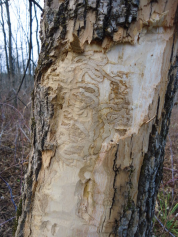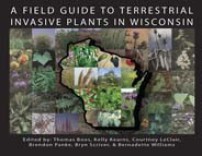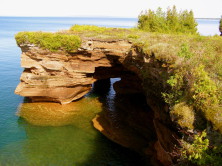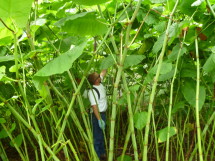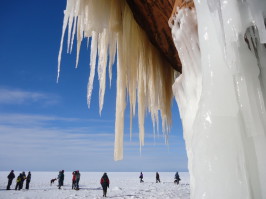Information on NCWMA Invasive Species
Invasive non-native plants can have devastating impacts on fish and wildlife habitat, timber and agricultural yields, recreational opportunities, native plant communities, and local economies.
Because these invasive plants disperse widely across the landscape and across property boundaries, it makes sense to work together to manage them. In addition, the number of new invasive species being introduced into local ecosystems continues to out-pace control activities, and is too much for any one agency or person to manage alone.
Click below for information on a number of common invasive species in the NCWMA area:
Buckthorn (Common)
Buckthorn (Glossy)
Honeysuckles (Eurasian species)
Japanese Barberry
Invasive terrestrial plants (non-woody)
Knotweeds (Japanese or Giant Knotweed)
Teasel (Cut-leaf teasel or common teasel)
Invasive aquatic plants
See the Wisconsin DNR Invasive Species page for more information on terrestrial and aquatic invasive species.
Identifying and Treating Invasive Species
Online key to Identify Mystery Plants (UW-Madison)
Identifying Characteristics of Invasive Species
How to treat specific invasive species (Invasive Plant Control Database)
Alert!
Emerald Ash Borer has now been found in all four NCWMA counties. I has been in Douglas County for a number of years. It was found in Iron County in 2021 and Ashland and Bayfield Counties in 2022.
Emerald Ash Borer information.
Want more information on these and other invasive plant species in Wisconsin? Click here to go to the Field Guide to Terrestrial Invasive Plants in Wisconsin. You can also get a copy of this field guide free of charge from the NCWMA while supplies last. Please contact us to receive a copy.
Try out the Midwest Invasive Species Network's Invasive Plant Control Database to learn how to control specific invasive species.


